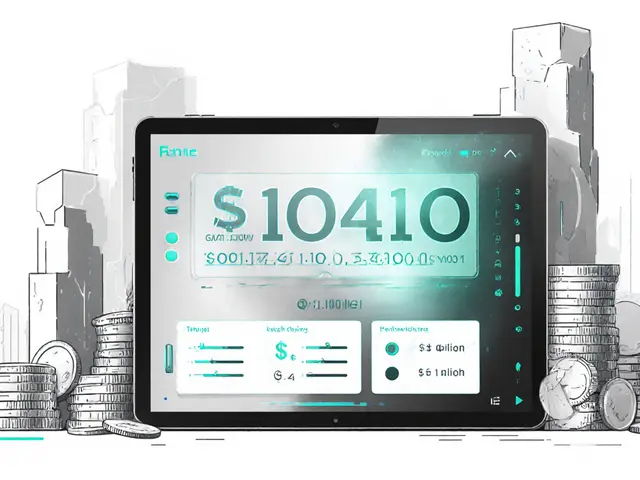Market Cap Explained – Crypto Valuation, Tokenomics & Exchange Liquidity
When you hear Market Cap, the total dollar value of a crypto’s circulating supply. Also known as market capitalization, it gives a quick snapshot of a coin’s size in the market. Understanding market cap is the first step to comparing projects, spotting trends, and sizing risk. It’s not just a number – it’s the product of two core variables: the current price and the circulating supply. That simple formula links directly to the cryptocurrency, digital assets that run on blockchain networks you trade every day.
But market cap doesn’t live in isolation. It sits at the heart of tokenomics, the economic design that determines how a token is issued, distributed, and used. Strong tokenomics can boost a coin’s price, which in turn inflates its market cap. Conversely, a weak supply model can cap growth no matter how popular the project becomes. The size of a market cap also shapes liquidity – the ease with which you can buy or sell a token without moving the price too much. Higher market‑cap assets usually sit on larger, deeper order books across many exchanges, platforms where crypto is traded, making large trades less slippage‑prone.
Why Market Cap Matters for Traders and Investors
From a trader’s perspective, market cap helps decide which tools to use. For tiny micro‑caps, a market order can cause huge price swings, so a limit order often makes more sense. Bigger caps, like those on major exchanges, can absorb market orders with minimal impact. Knowing the cap also hints at the project's stage: a low cap may signal early adoption risk, while a high cap often reflects broader acceptance and regulatory scrutiny. This ties back to liquidity – higher caps generally attract institutional players, tighter spreads, and more robust price discovery.
Investors also watch market cap to gauge portfolio diversification. A balanced mix of large‑cap, mid‑cap, and select small‑cap tokens can smooth volatility while still chasing growth. It’s a practical way to apply the classic equity concept of market‑cap weighting to the crypto world. And because market cap is a public figure, you can compare it across sectors – DeFi, NFTs, layer‑2 solutions – to see where capital is flowing.
Finally, market cap influences how projects are perceived by regulators and media. Large‑cap tokens often face stricter reporting requirements, while smaller caps might slip under the radar. This regulatory dimension can affect everything from exchange listings to fiat on‑ramps, further linking market cap to the broader ecosystem.
All these angles – tokenomics, liquidity, exchange dynamics, trading strategies, and even regulation – revolve around one central metric. Below you’ll find a curated collection of articles that break down each piece in detail, from licensing rules that affect market‑cap calculations to deep dives on specific coins and exchange reviews. Dive in to see how market cap shapes the crypto landscape and how you can use that insight to make smarter decisions.
Powsche (POWSCHE) Explained: Solana Meme Coin Basics, Price, and Risks
Learn what Powsche (POWSCHE) is, its Solana‑based tokenomics, price history, risks, and how to trade this Porsche‑themed meme coin.
View More




